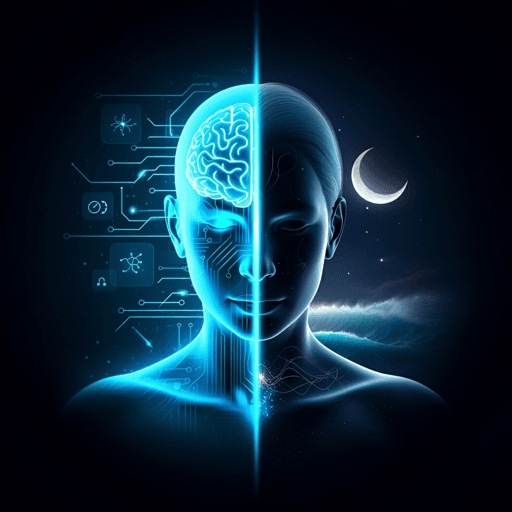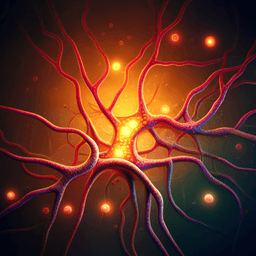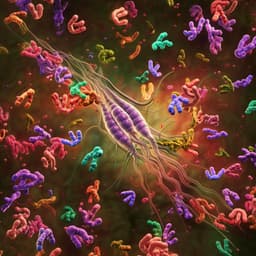
Medicine and Health
The influence of blue light on sleep, performance and wellbeing in young adults: A systematic review
M. I. Silvani, R. Werder, et al.
Blue light from screens can boost cognitive performance, alertness and reaction time but also reduce sleep quality and duration—effects with clear implications for athletes. This systematic review, conducted by Marcia Ines Silvani, Robert Werder, and Claudio Perret, synthesizes evidence on blue light’s mixed impacts on sleep, performance and wellbeing and highlights areas for further research.
~3 min • Beginner • English
Related Publications
Explore these studies to deepen your understanding of the subject.







